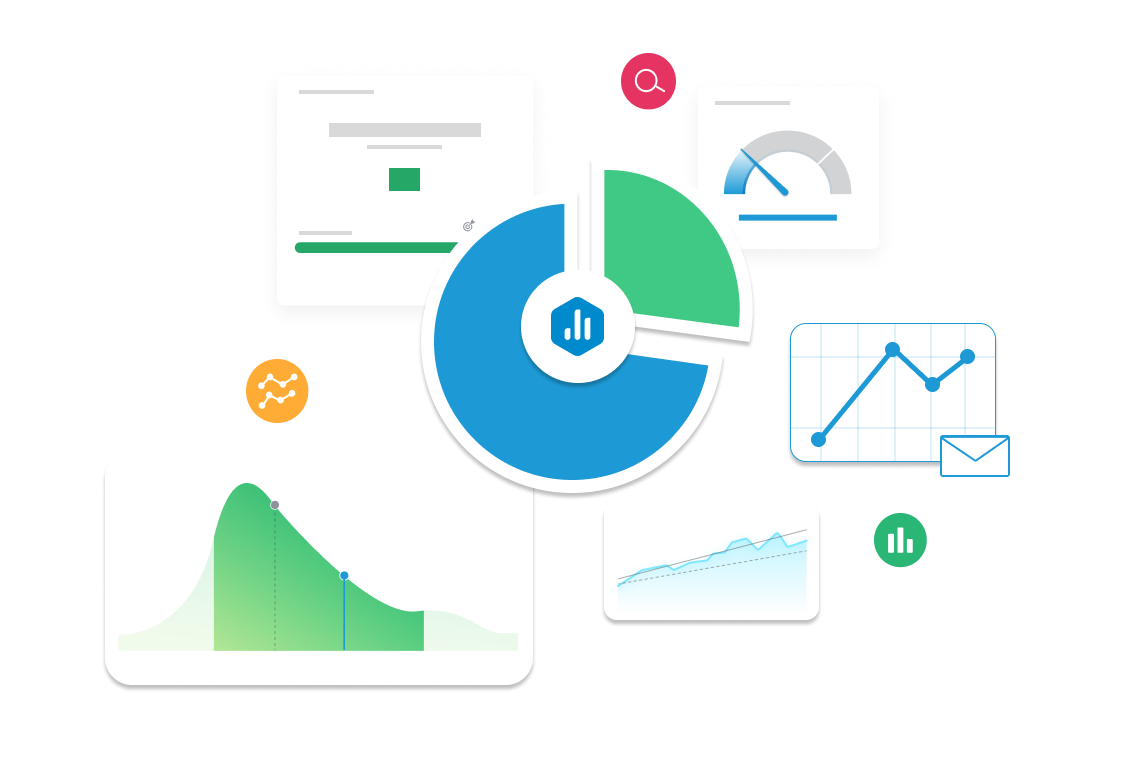How to Calculate Net Profit Variants
Net profit is calculated using a simple formula:
Net Profit = Total Revenue – Total Expenses
But you can look at net profit in different ways depending on your goals:
1. Monthly vs. Yearly Net Profit
Use monthly net profit to track short-term performance and spot trends. Yearly net profit shows long-term success.
Example:
-
January Revenue: $50,000
-
January Expenses: $40,000
-
Net Profit = $10,000
2. Net Profit per Customer/User
This shows how much profit each customer brings in. It’s great for understanding customer value.
Formula:
Net Profit ÷ Number of Customers
Example: $20,000 profit ÷ 100 customers = $200 per customer
3. Net Profit by Channel
Break down profit by sales or marketing channels (like email, social, or retail) to see which ones perform best.
This helps guide budget and resource allocation.
Why Net Profit Matters
Net profit is one of the most important metrics for any business because it shows whether you’re actually making money after covering all your costs. It reflects the true financial health of the company and helps answer a key question: Are we profitable?
Monitoring net profit helps leaders make smarter decisions about budgeting, pricing, and growth strategies. For example, if revenue is rising but net profit is shrinking, it could signal rising costs or inefficiencies that need attention. On the other hand, improving net profit over time shows your business is scaling efficiently.
Executives use net profit to guide strategic planning, marketers use it to assess campaign impact, and finance teams rely on it to manage resources. It also supports decisions on hiring, expansion, and cost control.
Regularly tracking net profit keeps the business focused on what matters most—sustainable growth, smart investments, and long-term profitability. It’s the bottom-line number that ties everything together.
Related KPIs to Net Profit
Net profit is the end result of many moving parts in a business. To fully understand what’s driving profitability, it’s important to look at related KPIs that influence or are influenced by it.
Net Profit vs. Revenue
Revenue is the total income before expenses. High revenue doesn’t guarantee high net profit. For example, a company might generate $100,000 in revenue, but if expenses are $95,000, net profit is only $5,000. Monitoring both helps assess efficiency.
Net Profit vs. Gross Profit
Gross profit shows how much is left after subtracting direct costs (like materials or labor), while net profit includes all expenses. A healthy gross profit but low net profit may indicate overhead or operational issues.
Net Profit vs. Operating Expenses
If operating costs increase but sales don’t, net profit drops. Keeping these in check is key to improving profitability.




